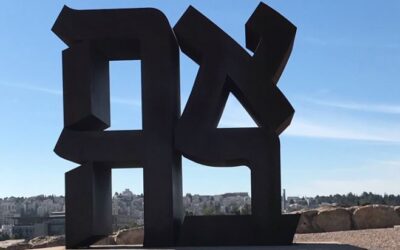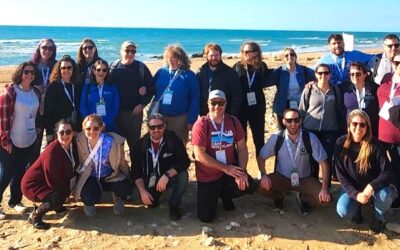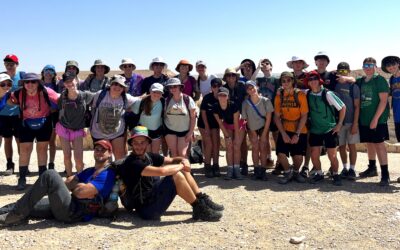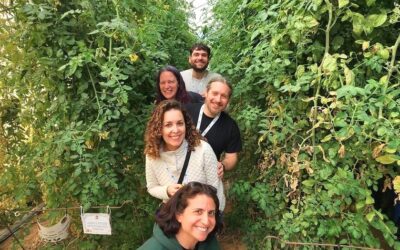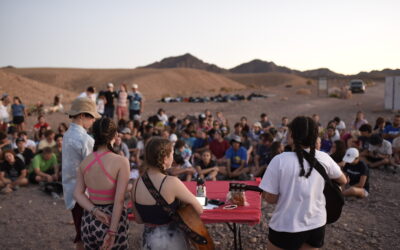By Rabbi David Wilfond, Director of Education
On Sunday, the buses began the “Kishrei Noar” segment of the NFTY in Israel program. “Kishrei Noar” is Hebrew for “Youth Connections,” and for many of the American Teens this is a highlight of the summer in Israel. During this part of the program, eight Israeli teens join the group full time for seven days. The idea is to break the illusion that the tour bus is like an “aquarium” in which the participants look about upon Israel from the bus window but fail to get to know real Israelis and their lives. During Kisrei Noar, the teens get a chance to socialize and talk about the “Big Questions” of being a teen-ager in Israel and in America. The program is presented like a “Big Family Reunion” with long-lost relatives. Educationally, this is also the part of the program in we focus on modern Israel and its complexities. At NFTY in Israel, we believe that the best way to engage with modern Israel is alongside modern Israelis in a peer teen dialogue.
Monday, the teens drove to Mount Bental in the Golan Heights overlooking the border. During the last few weeks, thousands of Syrian civilians have fled to the area near the border of Israel. This visit provided an opportunity to have a conversation about Syria and the “Arab Spring,” and what it means for Israel and the region. The Syrian civil war has displaced millions of people. Israel has played an important role proving medical support to any wounded that arrive at the Israeli border, all while Israel strives not to take a side or get stuck in the messy state of affairs in Syria. It is a painful reminder that world history is always in the making.
Then the group drove to the Gadot Observation Point, in the Western Golan Heights overlooking the Galilee Mountains, the Jordan River, and Kibbutz Gadot located on the banks of the river. Here the group learned about Syrian control of the Golan Heights from 1948-1967. During this time the Syrians used the Gadot Observation Point as an army base to fire artillery shells on the Israeli farmers at the bottom of the mountain. After 19 years of constant shelling by the Syrians, the Israeli pushed the Syrian Army off the Golan Heights during the 1967 Six-Day War. The group’s discussion was not a glorification of military might, but a somber and serious engagement with the reality that Israel is a small country in an unstable neighborhood. The Israeli teens explained that soon, instead of going off to college like many Americans, they would be expected to join the Israeli Defense Forces for 2 to 3 years in order to protect their county. For the Americans it was a lot to digest – just how different lives can be in different places.
After a lunch break, everyone went rafting in a tributary of the Jordan River near Kibbutz HaGoshrim. With not a cloud in the sky and hot weather, the cooling waters of the rafting adventure were much appreciated. In the evening the teens had a program about Current Events in Israel in order to become better informed of the issues confronting the People of Israel today.
Tuesday, the group visited the Druze Community of Daliyat haCarmel. The Druze are a highly respected minority in Israel with a secret religion. They broke away from Islam more than 1,000 years ago and today are fiercely loyal to Israel. This may be due to the fact this minority suffered severe discrimination under Islamic rule. In the afternoon, the group travelled to Bat Hefer to see and discuss the complexities of Israel’s “Separation Barrier.” Though the barrier separates the land, there is an inspiring story here about how the Israelis and Palestinians jointly purify the wastewater that collects in a local reservoir and is then jointly shared for agriculture. What our participants learn here is that there is hope even in sites of conflict.
Tuesday afternoon, the teens returned to their hotel to meet with an Israeli settler and a Palestinian resident of the West Bank to hear their narratives of the conflict. Both individuals belong to an organization for people who were former militant extremists who have come to an understanding that peace can only be achieved through listening and respect. They spoke openly and honestly about the conflict and the need to find another way beyond the current violence and lack of recognition of each other’s narrative.
Today, the main activity is a visit to Yad Vashem, Israel’s Holocaust Museum and Memorial. We’ll also visit the Belz Hasidic Center in Jerusalem to learn about the growing role of the Ultra-Orthodox community in Israel.
